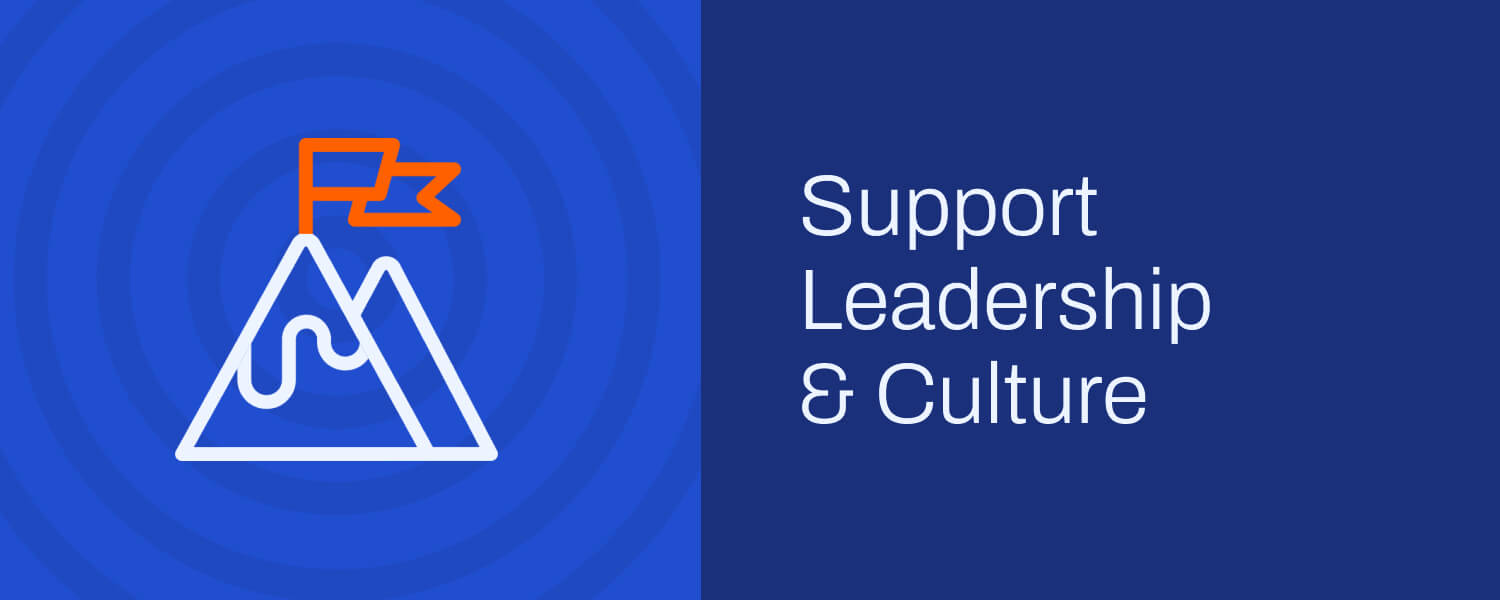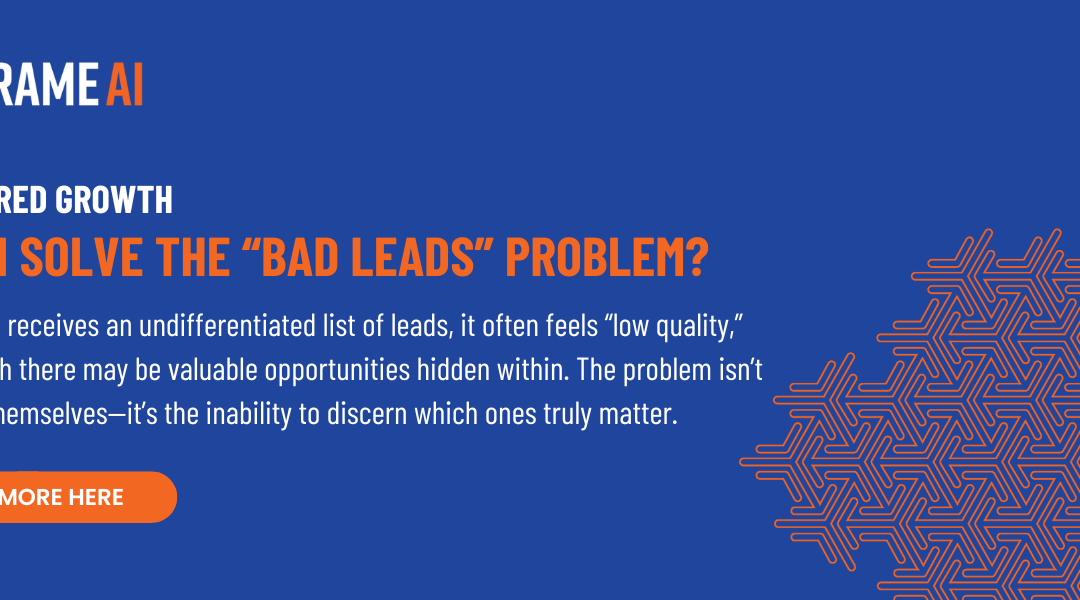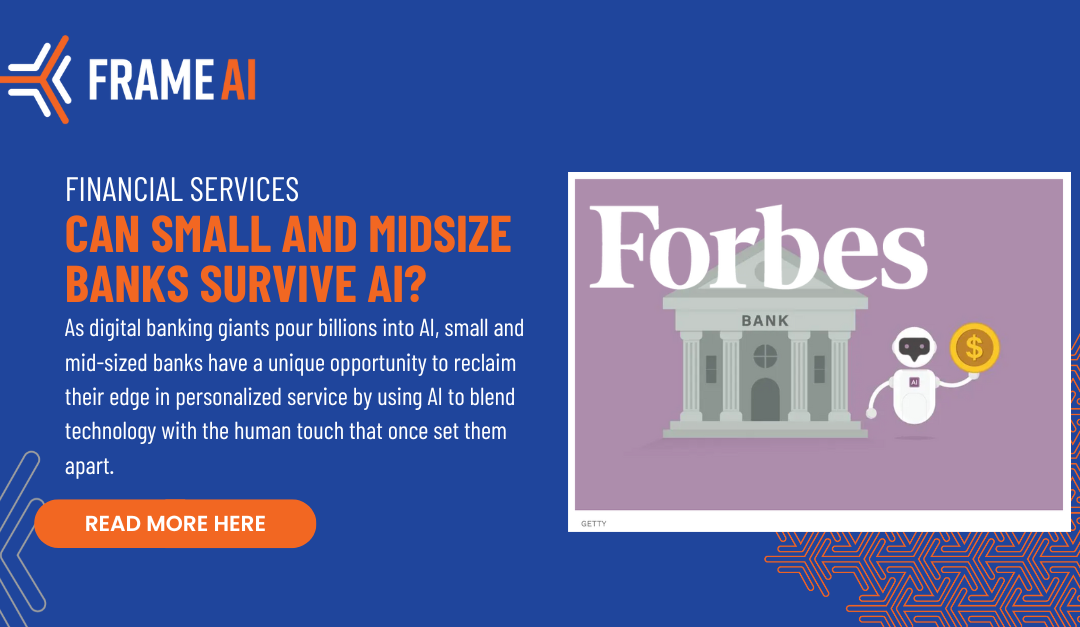Frame.FM recently sat down with Patrick Martin, GM, Service Solutions, at COVEO about how technology has transformed the Support function. Below, three trends that have defined the industry in the last decade.
B2B Demand for Personalization
The Big Data waves of the mid aughts ignited a hunger in consumer appetites for personalization. The catered experiences offered by Amazon and Netflix habituated people to being anticipated by their user experiences. The reduction in cognitive load was amplified by the greater sense of value. For the same price as an unpersonalized experience, they could have a personalized one. How could anyone go back?
B2C may have been first in scaling personalization, but it didn’t take long for B2B to catch up. The Support world had to catch up, says Martin.
Self service was an obvious opportunity. Not only could self-service resources be customized to reflect the particular needs of any account, the agent experience could also now be tailored proactively according to factors like implementation stage and desired outcomes.
Support in Real Time
Prior to AI, says Martin, the Support function was fairly simple— you had phone calls and you had emails. The work was totally reactive.
With AI, workflows changed from reactive to proactive. The ability to detect customer sentiment in real time created a world of new engagement opportunities. Proactive escalation detection took Support teams from defense to offense.
Most importantly, teams were no longer constrained by elective participation in surveys and their notoriously low response rates. Proactivity improved service levels which in turn reduced costs associated with protracted escalations or undetected sentiment.
Adopting Early to Drive Technology Design
Over the years, Martin has developed a philosophy around being an early adopter of technology. It allows you to work as a design partner, he says. By partnering early, you can build the product around your needs.
Early adoption gives Support teams a longer ramp time to work out the kinks so that by the time competitors have begun implementing their solutions, you’ve already refined your workflows, says Martin.
Redesigning workflows means redesigning performance metrics. Coveo recommends measuring team performance over individual agent productivity. It gives you a clearer picture of patterns, which are opportunities to optimize costs.
A more holistic team approach translates into a more holistic customer experience, says Martin. You want to be able to support your partners meaningfully, in the context of their needs and goals, rather than treating each ticket as an island.




